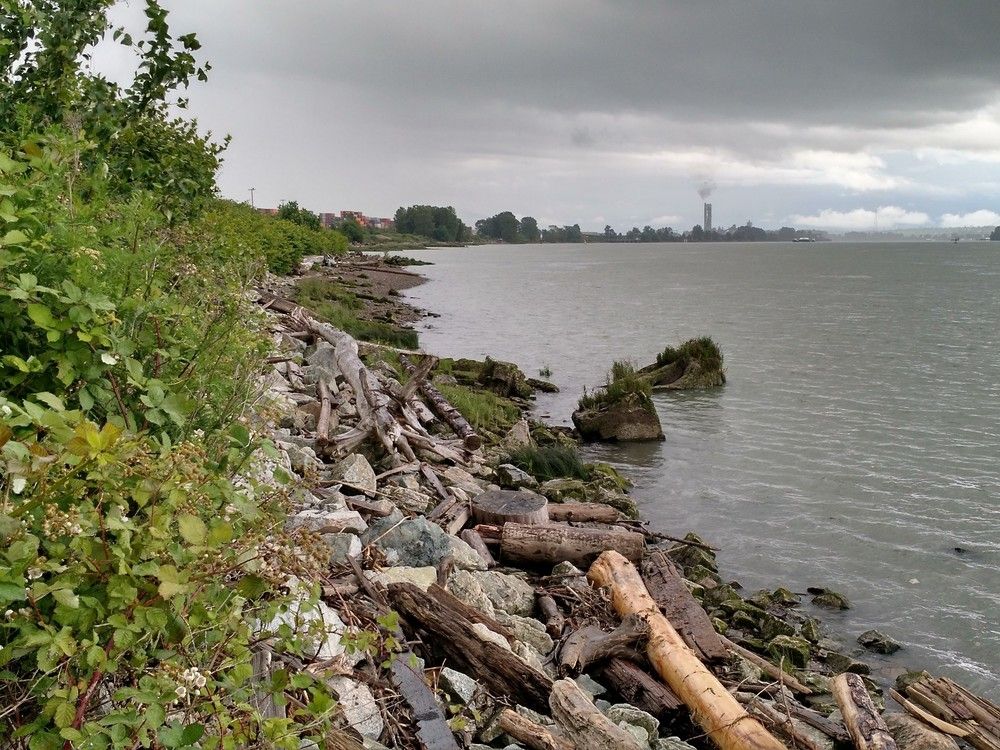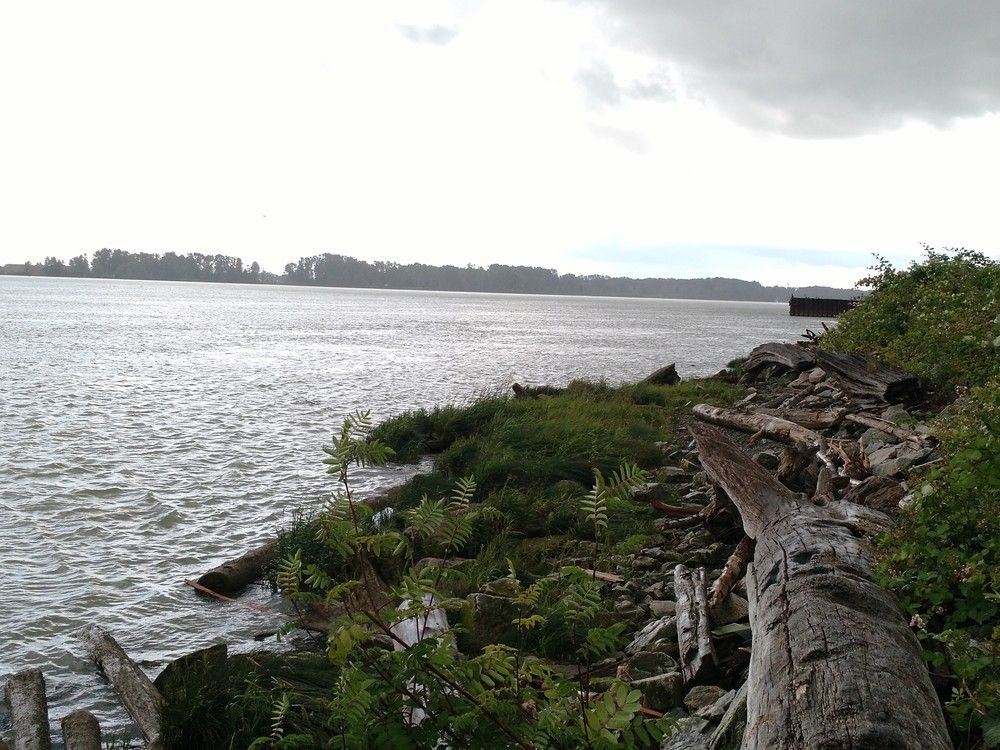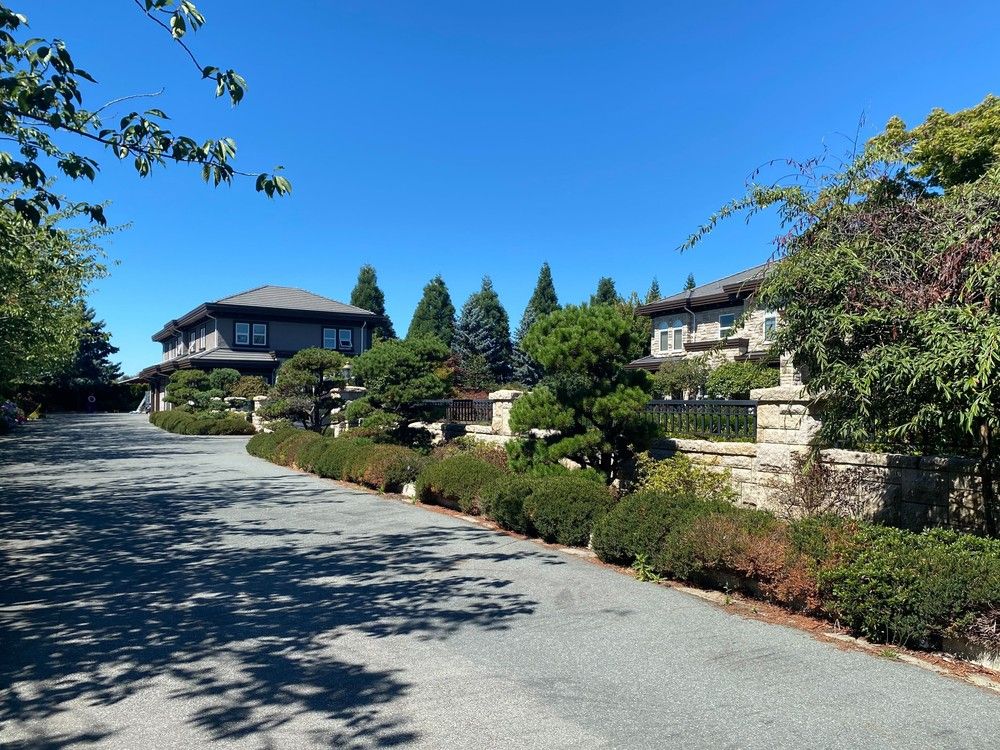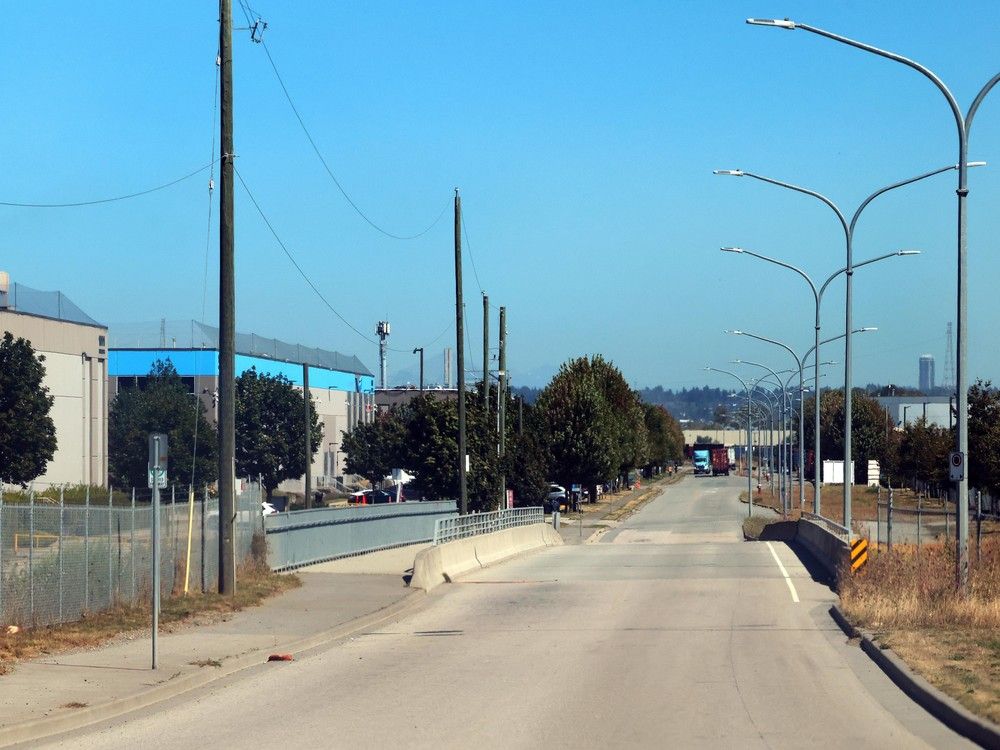
Looking at southeast Richmond now, you’d never know that it was once the site of a thriving Cowichan, or Hul’qumi’num, seasonal village known as Tl’uqtinus, with over 2,000 people there every summer.
On the waterways of the Fraser River, they caught salmon, sturgeon and waterfowl.
On land, days were taken up with ceremonial activities, picking berries and trading with neighbouring nations. Reeds were collected to be turned into mats used in housing construction.
“Imagine 100 long houses all stretched along the bank of the river in rows, with all the dynamics of family and kin, young and the old, weddings, funerals, feasting with guests, and vigorous trade with relatives and neighbours from across the lower Fraser region,” said Brian Thom, the chair of anthropology at the University of Victoria.
“When the salmon arrive — and they arrive in enormous numbers — everybody who is able, literally every single able-bodied person, is contributing to the community’s well-being and prosperity through catching fish, cleaning fish, drying fish, smoking fish, getting everything ready for the times of year when the salmon aren’t around.”
A lot has changed in the 150 years since the government began parceling out the village and its surroundings as fee simple plots for sale to recently arrived settlers, without the Cowichan’s knowledge or permission. Today, the area is covered in multi-million dollar mansions, agricultural land, an 18-hole golf course and several square kilometres of warehouses, with a large part of it on federal and city of Richmond-owned lands.
A recent B.C. Supreme Court decision, however, could allow four of the five nations making up the Cowichan Nation — Cowichan Tribes, Halalt, Ts’uubaa-asatx, and Penelakut — to reclaim part of the Tl’uqtinus lands and return to their traditional activities along the south arm of the Fraser.
In her decision, Justice Barbara Young granted the nation title over some, but not all, of the former village site as well as fishing rights along that portion of the Fraser.
The Cowichan had claimed title to 7.5 square kilometres of southeastern Lulu Island and another two-thirds of a square kilometre along the Fraser River shoreline where they village had stood. Young granted the nation title to around half of that territory.
Attorney General Niki Sharma has said the province plans to appeal the decision. And both the Musqueam Indian Band and Tsawwassen First Nation have raised concerns the decision will infringe on their own title and fishing rights.

Thom has spent years studying the Coast Salish peoples and said that he has been hearing about the importance of Tl’uqtinus to them since he did his doctoral dissertation in 2005.
Primarily living now in their territories on Vancouver Island and several of the Gulf Islands, the Cowichan for centuries used to travel to the mainland to fish and gather resources during the summer and fall salmon run before returning to the Island during the winter months, Thom said.
“People should know that the historical record is very, very, very clear that the island nations have used and occupied lands and fisheries on the Fraser River. And the judge agreed with that history,” he said.
According to evidence — including Cowichan oral histories, early accounts from explorers and historical records — submitted at the trial, the village consisted of as many as 108 longhouses with permanent post-and-beam frames.
The Cowichan would bring wooden boards and reed mats to use as walls and roofs when they arrived there each year for the harvest season.
Inhabitants numbered between 1,000 and 2,250, with the vast majority arriving in June and leaving in August to fish further up the river and returning to Vancouver Island in September. There is also evidence the Cowichan would visit the village sporadically throughout the rest of the year.

Musqueam and Tsawwassen disputed these accounts, arguing there was no defined Cowichan Nation at the time and the settlers’ accounts of the nations they encountered could have been mistaken. Musqueam also said they have been located on the south shore of the Fraser since time immemorial and that the Cowichan required their permission to fish in the region.
Thom says that while the Musqueam do have a strong case for claims in the region, all evidence submitted points to Tl’uqtinus being a Cowichan village and that the nation did not need to ask Musqueam to fish on the south arm of the Fraser.
“I think Musqueam has a strong territorial assertion. But if we start looking at really the detail in any historical document, you’ll see the Cowichan there. Like even the Fort Langley journals, they said, ‘Well, that’s where the Cowichan live,'” he said, pointing to the journals of early settlers along the Fraser between 1827 and 1830.
Robert Morales, the chief negotiator for the Hul’qumi’num Treaty Group and a member of Cowichan Tribes, says his mother was born in 1911 and told him stories of canoeing to the mainland with her parents.
Between 1871 and 1914, however, most of the land in the region was sold off by the government and by the 2000s, when Cowichan elders went to fish along the Fraser, they were chased off by the Musqueam, he said.
Morales says that resource scarcity and the adversarial nature of Canada’s legal system, which requires proof of exclusive occupation in order to be granted title, has pitted the nations against each other.
“As I sat with elders, and we talked about this issue extensively, (over) many, many sessions, and the way it was told to me is that there were no fences,” said Morales, explaining the lack of defined territorial boundaries before first contacts with European settlers.

He says the province has refused to negotiate any of the land claims for the Cowichan on either Vancouver Island or along the Fraser since he joined as lead negotiator in 2000, but now expects them to come to the table “in good faith” as Young has asked them to do.
Ultimately, believes Morales, the law will dictate that the government will either have to give the land back, provide land of equal value, or negotiate compensation.
“We’re not going after the small private citizens who own a house and that we made that very clear,” he said. “We do expect government to come to the table in good faith and work this out in terms of, what are the rights that exist for Hul’qumi’num people.”